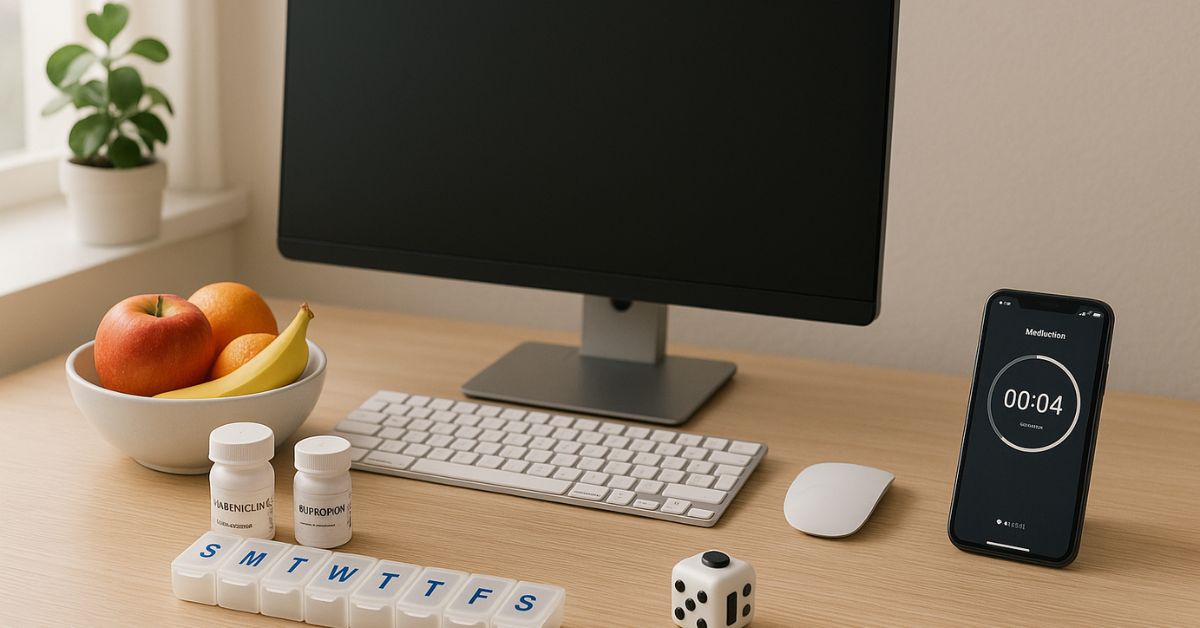
A strong quit smoking support system—people who cheer you on and spaces that sidestep temptation—can double your odds of long-term success. In this guide, you’ll learn how to recruit friends, family, and the Qwitly community, as well as how to create a home, car, and daily routine that works for you, not your cravings.
Cravings peak, moods dip, triggers pop up without warning. Alone, those challenges overwhelm willpower; with support, they become bumps in the road. Studies show smokers who actively lean on social backup and a smoke-free environment are twice as likely to remain abstinent at six months. Your quit smoking support system provides:
An effective quit smoking support system starts with one simple conversation:
Most people will rally behind you; a few may feel uneasy if they still smoke. Remember—their feelings don’t decide your health. Stay calm, restate your goal, and focus on allies who boost your resolve.

A resilient quit smoking support system blends personal connections with professional resources:
Save each contact with “Quit Ally” before their name so they’re easy to find in a panic.
Phone in your pocket? That’s part of your quit smoking support system too.
Too many pings can overwhelm; choose three helpful alerts: morning motivation, midday check-in, and evening reflection.
Your surroundings speak to your brain all day. Remove the whisper of “One drag won’t hurt.”
• Throw away lighters, ashtrays, half-empty packs.
• Vacuum car seats, launder jackets, and scrub indoor surfaces to erase smoke odor.
• Sugar-free gum and crunchy veggies curb oral cravings.
• A reusable water bottle keeps hands busy and body hydrated.
• Stress ball or fidget cube replaces the hand-to-mouth ritual.
If cigarettes paired with morning coffee on the porch, sip tea at the kitchen table instead. A small change breaks the subconscious bond between drink and drag.
Even the best quit smoking support system can’t predict every challenge, so prep scripts now:
Success fuels success. Each night, jot one victory: “Drove home smoke-free” or “Skipped cigarette after lunch.” Post one weekly win in the Qwitly forum; cheering others energizes your own journey. Add tangible rewards:
Positive feedback loops strengthen your quit smoking support system and your identity as a non-smoker.